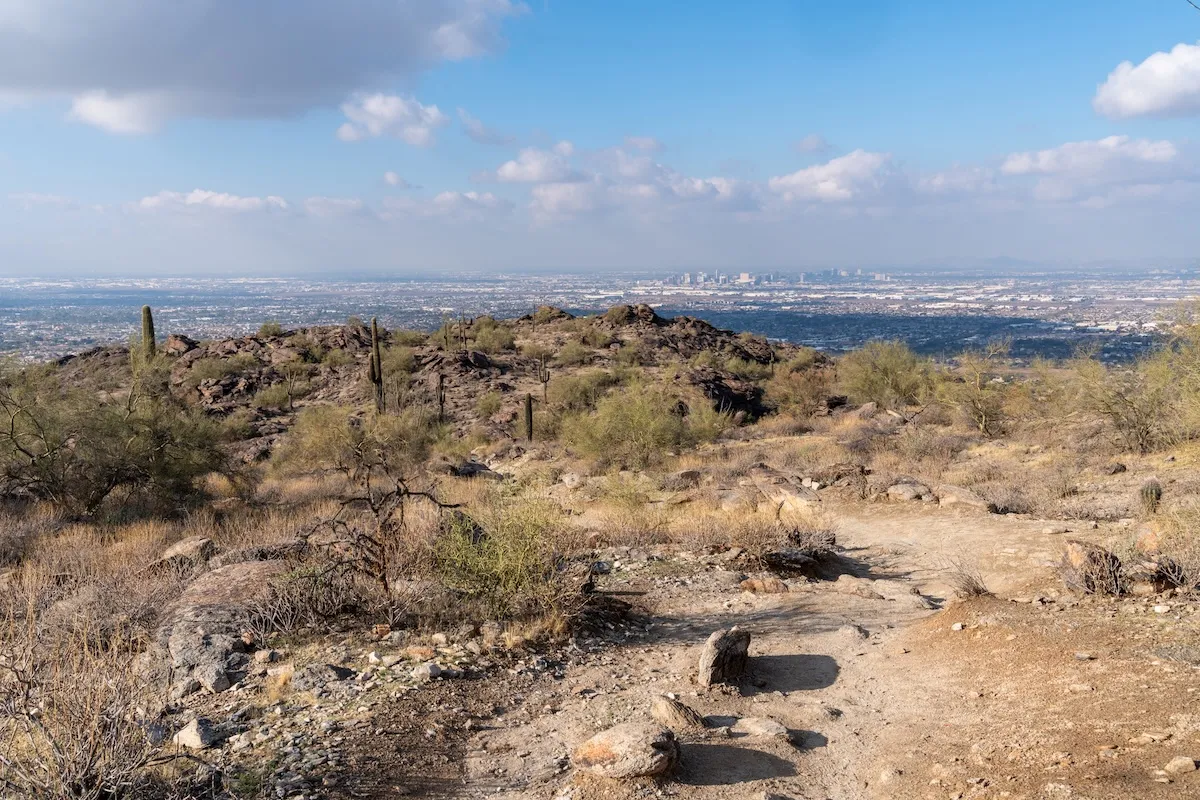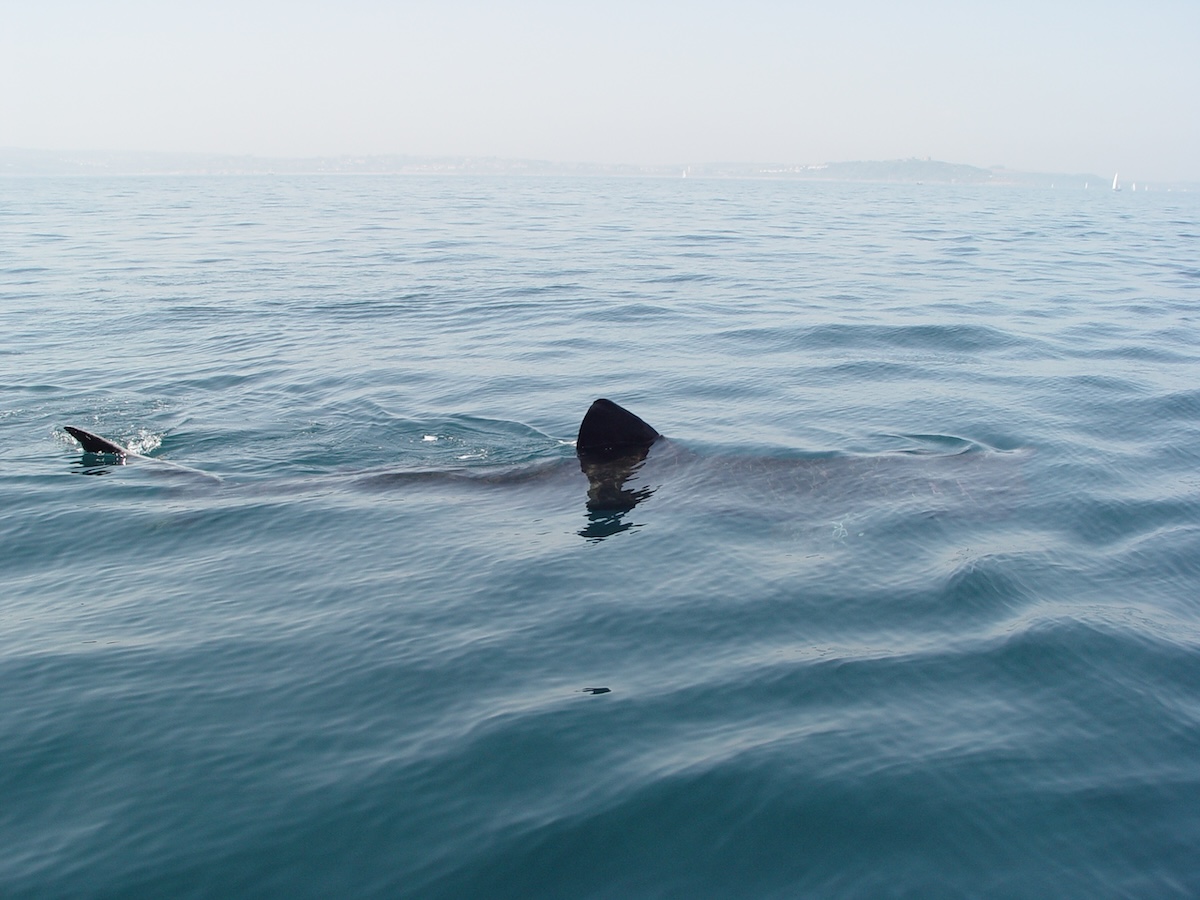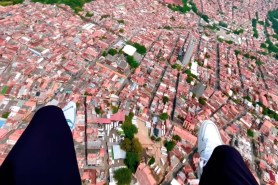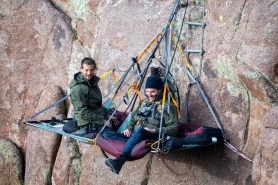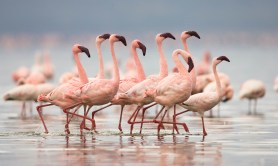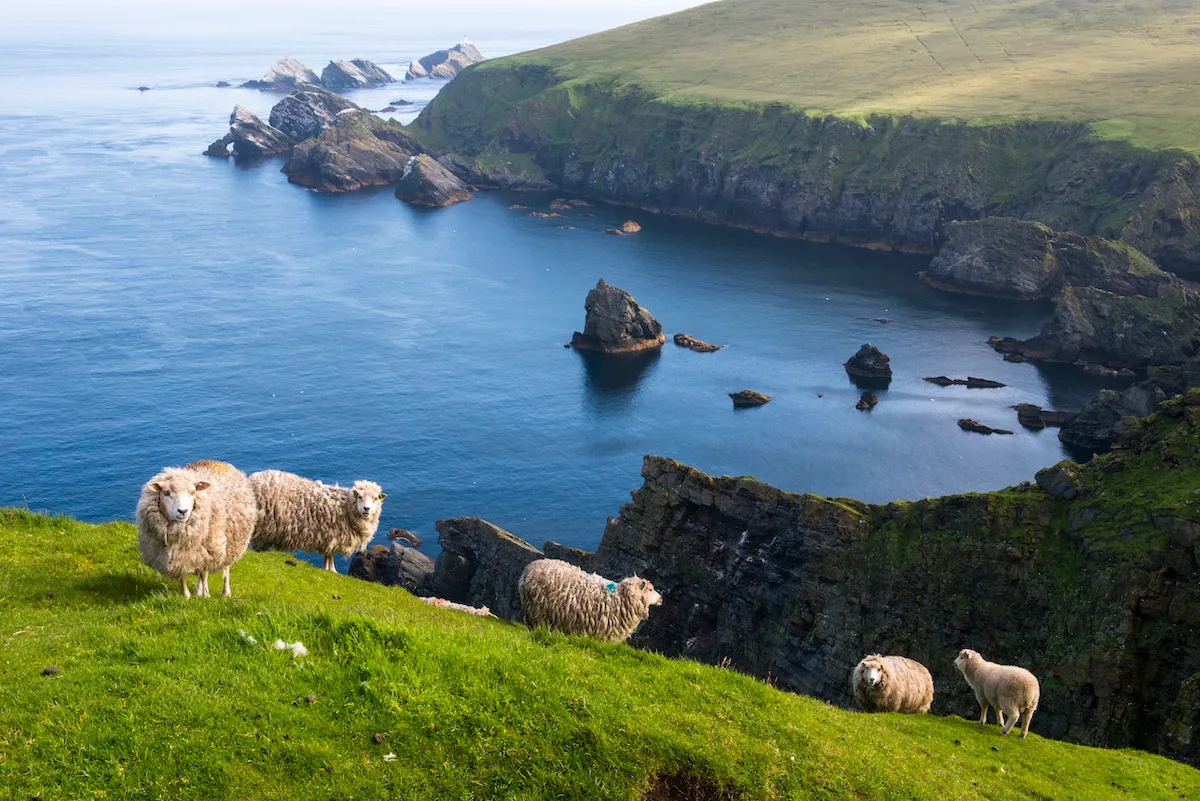

We’re somewhere in the Scottish Highlands, close enough to civilization to drive, but far enough away that there’s no cell service. We’re at the Inshriach Gin distillery, run by Walter Micklethwait, which has a sign outside that says “Open by Chance or by Appointment.” (We’ve called ahead.) We’re two or three rounds in on the artisan gin and tonics Micklethwait keeps pouring, I’m quite amused by the collection of retro signs he’s amassed to decorate a bar once named “Shed of the Year,” and someone in my group is cradling a live chicken.
Videos by Outdoors
It’s exactly the sort of wonderful, chaotic Polaroid moment you dream of stumbling into when you’re sitting at home on the couch, planning a trip abroad. I’m wishing I had it all on tape.
We’ve ended up in Micklethwait’s company because we’ve been brought here by Wilderness Scotland, which has been running adventure trips around the Highlands and beyond since 2001. Recently, they’ve positioned themselves at the forefront of sustainable travel through a combination of replacing vehicles in their fleet with electric cars, changing up where they book guests for overnight stays, building a net-zero office space, and offsetting the emissions they can’t prevent—but they’re working on that, too, says Ben Thorburn, the company’s head of marketing.
While the company could already be net-zero on paper by buying carbon credits, it’s working to be “real net-zero,” meaning they want to get their actual output as close to nothing as possible. The company scores every single trip and lists their individual carbon emissions on booking pages, so guests can see exactly how much of an impact they’ll have while on vacation. One six-day sea kayaking trip, for example, results in 6.8 kilos of emissions per day. By comparison, the average American has a daily output of roughly 43.8 kilos, based on a yearly footprint of 16 tons.
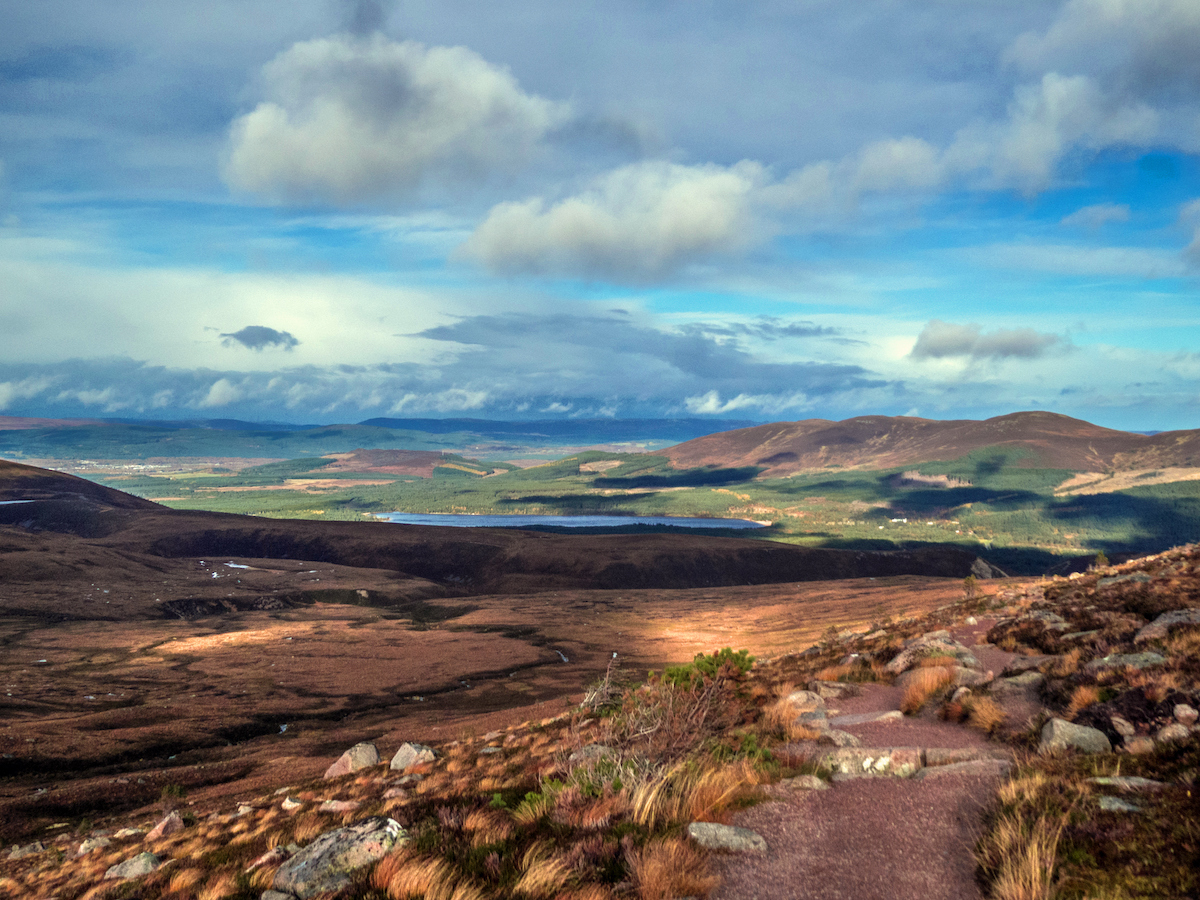
On a three-day tour of Cairngorms National Park by foot, e-bike, train, and Tesla, I got to see what this sort of sustainable travel looks like. It wasn’t some watered-down itinerary that cut corners to spare emissions. On the contrary, I felt like we explored the region better and more deeply than we might have done on a less climate-conscious tour. At each place we visited, like Inshriach and Lynbreck Croft, a small farm that its owner, Lynn Cassells, claims is “beyond organic,” it felt like we were being let in on a local secret.
Instead of just zipping through the mountains on a tour bus, we got to meander through the forest on a leisurely hike and an afternoon of e-biking. Instead of staying in chain hotels, we stayed in places like the off-grid Loch Ossian Youth Hostel, reachable only by foot and bike, where time felt deliciously slow. Instead of stopping at just any old restaurants, we ate at places carefully selected for their use of local, sustainably grown ingredients, which inspired a lot of introspection about my (often-lazy) food choices back home.
The idea of traveling sustainably can seem like an oxymoron. We’ve been so overwhelmed by greenwashing in advertising that it can feel like any “commitment” to “sustainability” is just meaningless rhetoric. Unfortunately, in many cases, it is. Despite growing concerns about the environmental impact of travel, barely one-tenth of travel companies are actually making strides toward cleaning up their act. If that shocks and disappoints you, it should—in 2019, more than 10% of the world’s greenhouse gas emissions were linked to tourism, according to a report from Skift.
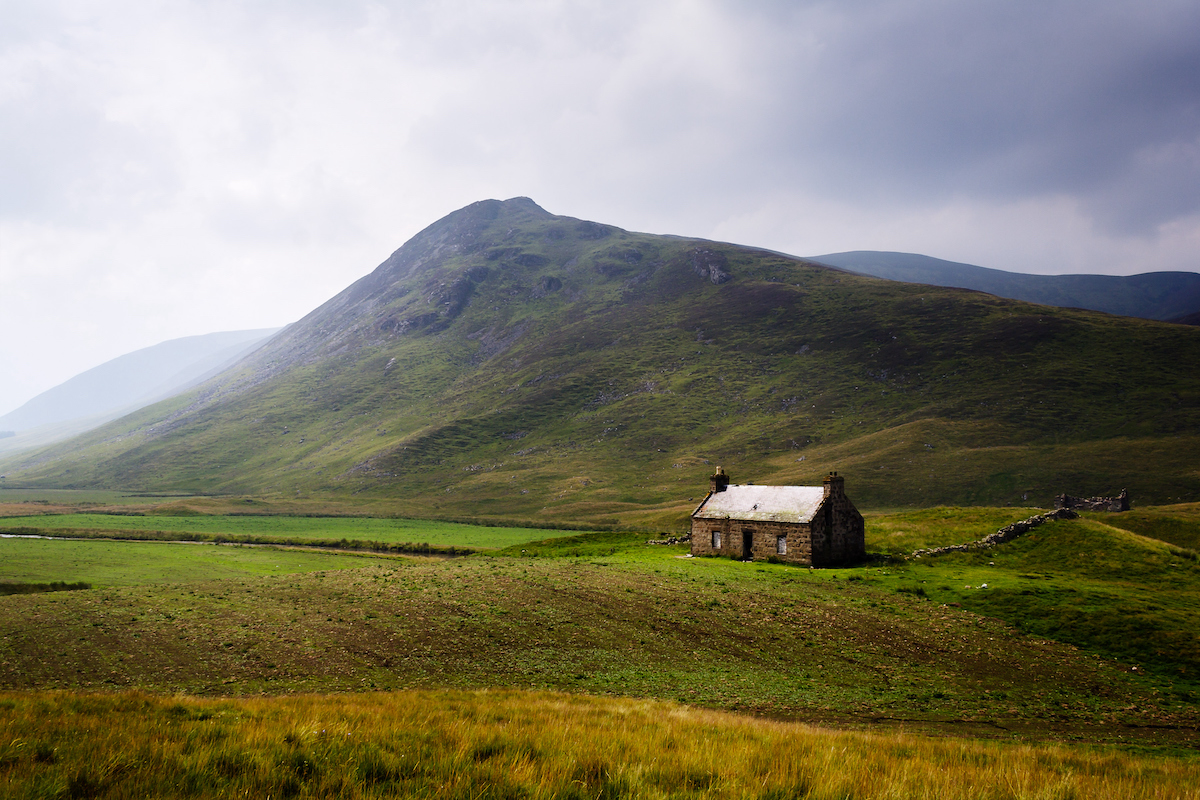
Outdoor adventurers are at an advantage when it comes to traveling, though, as long as you do so thoughtfully. If you practice Leave No Trace principles while in the backcountry and sleep and eat in places where your money stays in the community, you can contribute to a travel economy that supports local conservation efforts. Wilderness Scotland, for example, directs some of its profits towards the rewilding organization Trees for Life, which is currently working to regenerate forests severely endangered by unmanaged deer.
Wilderness Scotland estimated that our three-day trip accounted for a lower carbon footprint than the average person in the U.K. has just by staying at home, which is about 15 kg of CO2 emissions per day (excluding travel between London and Inverness, Scotland, on the overnight Caledonian Sleeper train). In the U.S., those stay-at-home numbers would be even higher—potentially about three times higher.
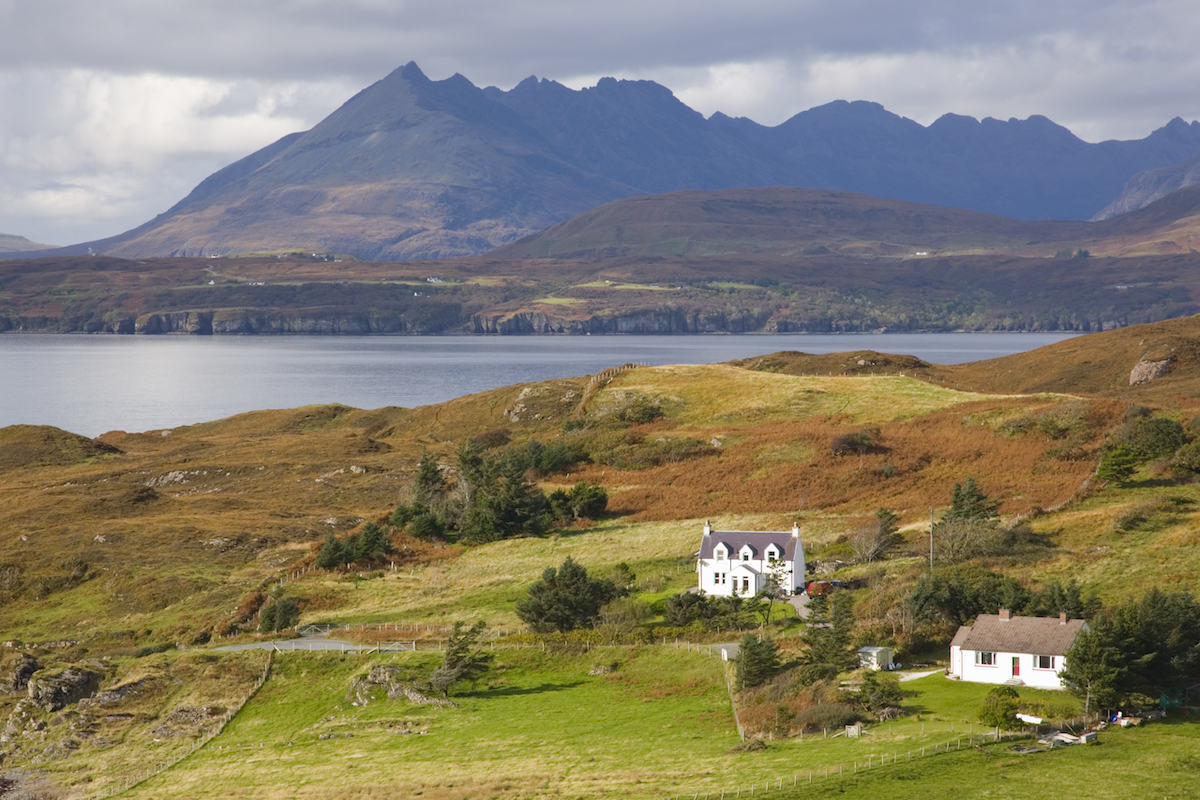
Of course, these things are tricky to measure, and emissions vary significantly from one person to the next based on how far you’re traveling and, say, how big your house is; how many new outfits you buy per year; whether you’re a vegetarian or you have bacon at breakfast and beef ragu for dinner three nights a week, etc. When you compare these estimates with mass-tourism alternatives, like cruise ships where your emissions could total over 400 kg per day, it’s hard not to feel incredibly hopeful that Wilderness Scotland is onto something that really could make adventure travel a net benefit for the planet.
Does this type of ecotourism interest you? Why or why not?
